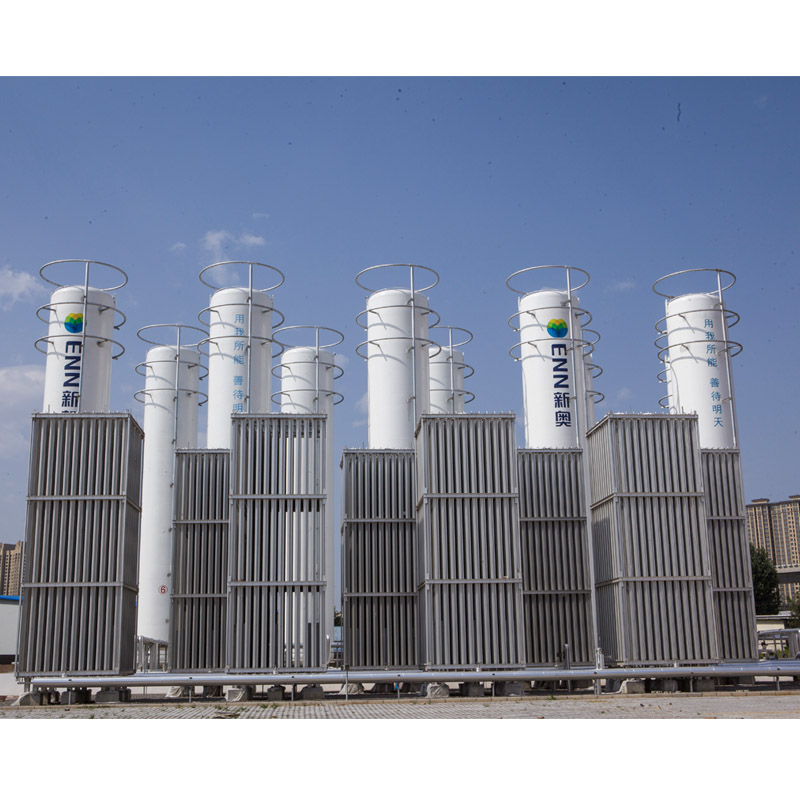
Nov . 24, 2024 12:45
Back to list
Natural Gas Pressure Regulation System Design and Implementation Guide
Understanding Natural Gas Pressure Regulators
Natural gas has become a vital energy source globally, powering homes, industries, and vehicles. However, the efficient and safe use of natural gas requires effective management of its pressure. This is where natural gas pressure regulators play a crucial role.
What is a Natural Gas Pressure Regulator?
A natural gas pressure regulator is a device that reduces and controls the pressure of natural gas before it enters a home or commercial building. High-pressure gas from the pipeline needs to be brought down to a usable level; otherwise, it could damage appliances and safety equipment, posing risks of leaks or explosions.
How Do Pressure Regulators Work?
Pressure regulators operate using a basic principle of physics the balance between pressure and flow. As natural gas flows into the regulator, it moves through an inlet. The device then adjusts the flow of gas based on the downstream pressure requirements. It consists of a diaphragm that responds to pressure changes, a spring that applies force, and various ports to sense and control pressure.
When the gas pressure rises above the preset level, the diaphragm moves against the spring tension, which then reduces the gas flow until the pressure stabilizes at the desired level. Conversely, if the pressure drops, the spring expands, allowing more gas to flow through, ensuring a consistent supply.
.
There are two main types of natural gas pressure regulators first-stage (or high-pressure) and second-stage (or low-pressure) regulators.
منظم ضغط الغاز الطبيعي

1. First-Stage Regulators These devices are responsible for reducing the high pressure from the gas distribution system to an intermediate level. They are typically found outside of buildings.
2. Second-Stage Regulators These smaller devices take the intermediate pressure from the first-stage regulator and further reduce it to a level suitable for indoor appliances. They are usually installed inside buildings, close to gas appliances.
Importance of Natural Gas Pressure Regulators
The role of pressure regulators extends beyond mere reduction of pressure. They contribute significantly to the safety, efficiency, and reliability of natural gas systems. By maintaining optimal pressure, regulators ensure that appliances operate effectively and economically. Inadequate pressure can lead to poor performance, while excessive pressure can cause damage and elevate safety risks.
Moreover, trends toward greater natural gas consumption and the expansion of pipeline infrastructure make the role of regulators increasingly important. With the industry evolving, pressure regulators will play a critical role in ensuring sustainable and safe natural gas distribution.
Maintenance and Safety
Regular maintenance of natural gas pressure regulators is essential for ensuring their reliability and longevity. Users should periodically check for leaks, wear and tear, and ensure that connections are secure. It is also advisable to have the system inspected by qualified professionals to mitigate risks associated with gas leaks or other issues.
Conclusion
Natural gas pressure regulators are indispensable components of the natural gas distribution system. They ensure that gas is delivered safely and efficiently for residential, commercial, and industrial use. Understanding their operation and maintenance can help users maximize the benefits of natural gas while minimizing potential risks. As energy demands continue to rise, the importance of reliable pressure regulation in natural gas systems cannot be understated.
Next:
Latest news
-
Safety Valve Spring-Loaded Design Overpressure ProtectionNewsJul.25,2025
-
Precision Voltage Regulator AC5 Accuracy Grade PerformanceNewsJul.25,2025
-
Natural Gas Pressure Regulating Skid Industrial Pipeline ApplicationsNewsJul.25,2025
-
Natural Gas Filter Stainless Steel Mesh Element DesignNewsJul.25,2025
-
Gas Pressure Regulator Valve Direct-Acting Spring-Loaded DesignNewsJul.25,2025
-
Decompression Equipment Multi-Stage Heat Exchange System DesignNewsJul.25,2025

